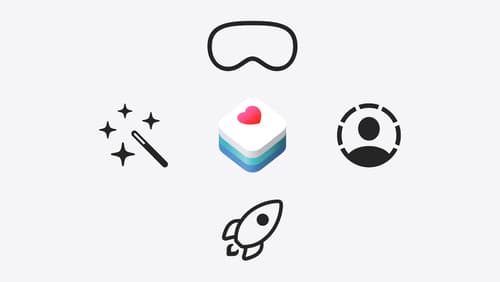what were the changes in visionOS2 to Button
Asked on 2024-08-08
1 search
In visionOS 2, there have been several updates to the Button component to enhance user interaction and experience. Here are the key changes:
-
Natural Input Enhancements: VisionOS 1 introduced natural input using eye-tracking and finger-tapping for interactions. VisionOS 2 continues to build on this by ensuring that interaction regions are highlighted only when the user's eyes are directed at them, maintaining user privacy by handling highlights outside of Safari (Optimize for the spatial web).
-
Interaction Region Visibility: VisionOS 2 emphasizes the visibility of interaction regions. These regions are now shown directly, helping users to target them more effectively. This is particularly useful for ensuring that tap targets are large enough to be selected properly, even without a different background color (Optimize for the spatial web).
-
Enhanced Scene Understanding: VisionOS 2 has significantly extended the fidelity of scene understanding capabilities, which can impact how buttons and other interactive elements are placed and interacted with in a spatial environment. This includes detecting planes in all orientations and adding room anchors (Platforms State of the Union).
These updates aim to make interactions more intuitive and seamless, leveraging the spatial capabilities of Vision Pro to create a more immersive and user-friendly experience.

Discover RealityKit APIs for iOS, macOS and visionOS
Learn how new cross-platform APIs in RealityKit can help you build immersive apps for iOS, macOS, and visionOS. Check out the new hover effects, lights and shadows, and portal crossing features, and view them in action through real examples.

Introducing enterprise APIs for visionOS
Find out how you can use new enterprise APIs for visionOS to create spatial experiences that enhance employee and customer productivity on Apple Vision Pro.

Get started with HealthKit in visionOS
Discover how to use HealthKit to create experiences that take full advantage of the spatial canvas. Learn the capabilities of HealthKit on the platform, find out how to bring an existing iPadOS app to visionOS, and explore the special considerations governing HealthKit during a Guest User session. You’ll also learn ways to use SwiftUI, Swift Charts, and Swift concurrency to craft innovative experiences with HealthKit.
